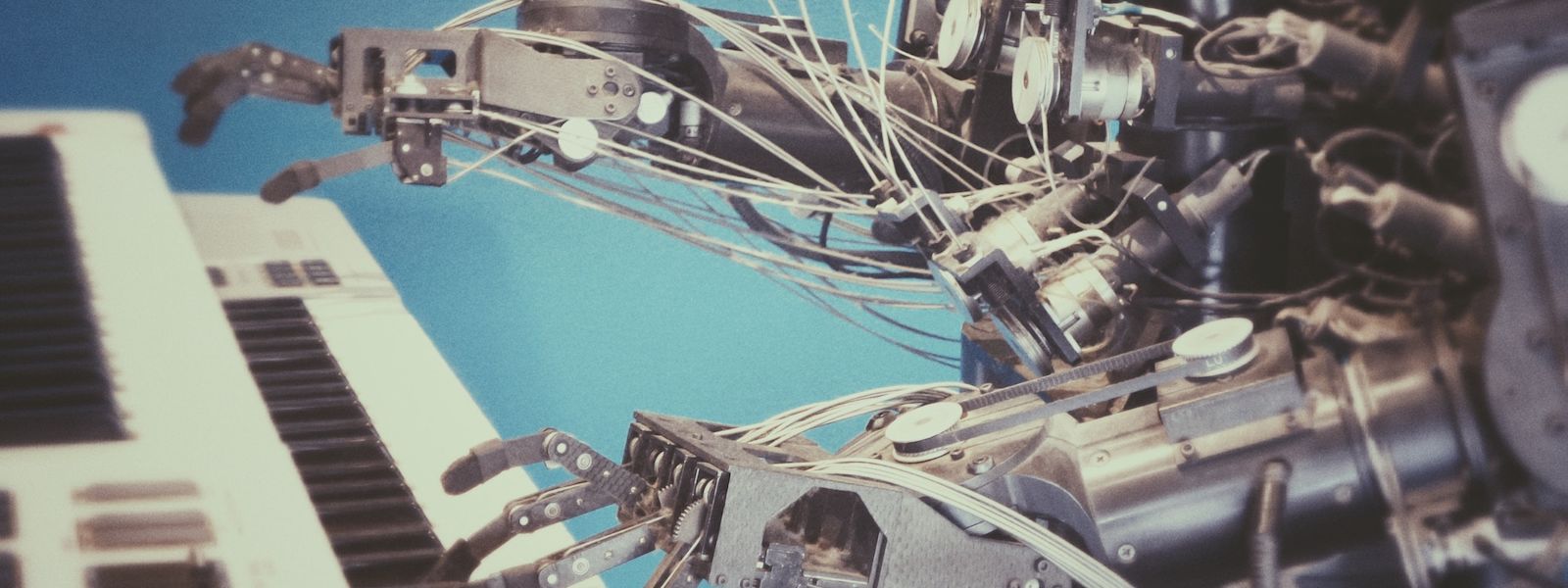Embracing collaborative intelligence to realize the benefits of new technologies
There is still a lot of unknown and for some, unease, around new technologies that have surfaced over the past decade or more. Automation, artificial intelligence, machine learning, robotics, big data analytics, blockchain and other innovations can stir a range of different reactions.

Whatever your view, the potential impact on your industry cannot be underestimated. And the businesses that benefit most in the short term will be those who adapt, innovate, and realize that workplace collaboration must extend beyond the human race.
Why collaborative intelligence?
Bring up any new technology in conversation and you will usually provoke one of three responses.
Some dismiss it as a buzzword—unimportant, a passing fad, something that will fade into obscurity.
For others, it strikes fear—that jobs will be replaced, humans are at risk, even that it is our biggest existential threat.
While some respond in excitement—about how the world can be revolutionized, our lives made incredibly easier, the sheer potential for what might be possible.
None of these responses are unfounded, however, the undeniable fact is that right before us, we are seeing these new technologies transform entire industries. They are shifting the required skills for workers in those industries, the tasks that they carry out, and their entire job.
Our prediction, in the short to mid-term at least, is that this technology will continue to radically alter how work gets done and who does it. Its largest impact, however, will be how it complements and enhances what humans are capable of, not replacing them.
Humans and machines need to collaborate, because what comes naturally to one does not come naturally to the other. People for example, excel at skills that machines have not mastered such as leadership, teamwork, creativity, and social skills. Machines on other hand, are far more advanced at speed, scalability, and quantitative analysis.
Business requires both kinds of capabilities, and those who are benefitting the most from new technologies have realized this. Companies who invest in human and machine collaboration are able to create outcomes that are two to six times better than those that focus on machine or human alone.
BMW for example, found that teams consisting of humans and robots working together were about 85% more productive than their old assembly line process, where they worked on separate sides of the factory.
Meanwhile, Qantas expects to save $40 million a year thanks to a flight planning program built in collaboration with the Australian Centre for Field Robotics. The program takes into account wind patterns, varying altitudes, flight speeds and flight paths that would never occur to a human dispatcher to present the most efficient route. People still do the coordinating, but machines will equip them information to make better decisions.
But perhaps nowhere is the power of combining humans and machines more impactful than in health—where surgeons are using state-of-the-art augmented reality glasses to collaborate with each other and save lives from across the world.
If you need any more convincing, just point your eyes at the most powerful technology vendors. Apple, Google, Amazon, Microsoft are all investing billions each year as they vie for dominance in this space.
How to embrace collaborative intelligence
The impact of new technologies is already being felt today, but how quickly and widespread these developments are adopted is unknown.
To take full advantage and realize what is possible, your business must understand how machines can enhance your employees’ work, how they can enhance machines, and how your current business processes can be redesigned to support this collaborative intelligence.
For the most powerful gains, look beyond making existing processes more efficient, and try to reimagine your processes completely. How might they look if you were starting from scratch with all of today’s new technology at your disposal? Those who have the most success will not only be thinking about efficiency, but about innovation and imagination.
When reimagining a new business model, consider the different roles required from humans and machines. Your people will be needed to train machines to perform tasks, explain task outcomes, and sustain responsible use. Machines on the other hand, can help humans expand their abilities by amplifying their cognitive strengths, automate interaction with others to free humans up for higher-value tasks, and extend their physical capabilities.
The reimagining of a business process requires developing employees with new skills to work effectively at the human-machine interface—fusion skills. These are newly defined abilities such as rehumanizing time, responsible normalizing and judgment integration that enable effective work and improved outcomes when humans and machines interact.
In truth, no one knows how far technology will take us. But for the most powerful gains, we believe that people and machines must work closely together, through collaborative intelligence, to complement each other’s strengths.
Those organizations that use new technologies to replace workers through automation will not realize their full potential. Instead, the winners of tomorrow will be those who embrace collaborative intelligence, reimagine their processes, transform their operations, and significantly enhance the work and life or their employees and customers.